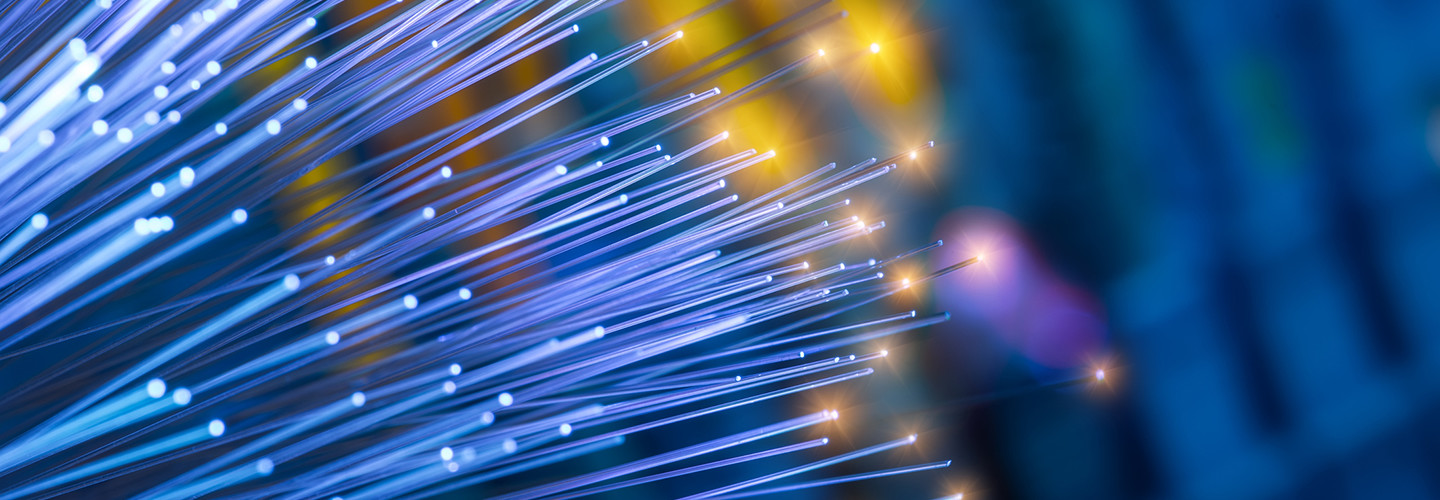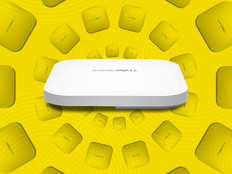Fiber: The Connectivity Solution Schools Need
Devices and Wi-Fi continue to play an increasing role in the K–12 student experience.
In fact, K–12 bandwidth demand has been growing at a rate of 50 percent each year, according to EducationSuperHighway’s 2016 State of the States Report.
The Consortium for School Networking (CoSN) reports that fiber-optic internet connections are the only technology that can scale to meet these growing demands cost effectively.
The primary source of K–12 fiber subsidies, the Federal Communications Commission (FCC) Schools and Libraries Program — commonly called E-Rate — was overhauled in 2014 to address this increasing bandwidth demand.
“We improved the program’s cost effectiveness and set specific, ambitious goals for the broadband capacity delivered to schools and libraries — a short term target of 100 Mbps per 1,000 students and a longer term target of 1Gbps per 1,000 students,” former FCC Chairman Tom Wheeler said in a statement. Funding has also been increased from $2 to $3.9 billion.
If a school district is looking to deploy a fiber connection, here are the options to consider:
Lit Fiber Fits for Schools with Limited IT
Lit fiber is a service leased from a provider, according to the Wisconsin Department of Public Instruction. In most cases, the provider manages operations and maintenance of the connection and often foots the cost of the school connection to the fiber network as well, all in exchange for a monthly, biannual or annual fee.
For schools that lack the IT resources to manage and operate a fiber connection, lit fiber can be an obvious choice. It’s also the choice for districts looking for low or no upfront costs and predictable monthly expenses. The downside of lit fiber, according to the CoSN report Maximizing K-12 Fiber Connectivity Through E-Rate is that, in the long run, costs may be higher than other options, and an upgrade in bandwidth can lead to significantly higher ongoing costs.
Dark Fiber Is Ready When Needed
Dark fiber simply refers to fiber-optic cable that currently sits unused. A school can lease dark fiber from a provider through an indefeasible right-of-use agreement (IRU), typically for 20 years, and must connect and provide the equipment to “light” it. Under an IRU, either the school or provider may be responsible for operations and maintenance. A school can delegate the function to another party under an operations and maintenance contract. The school may also have to build fiber from its location to wherever the dark fiber begins. This can mean significant complexity and upfront and recurring costs. E-Rate may help subsidize both. The advantage is that scaling bandwidth is likely to be less expensive than with lit fiber, according to the CoSN report, as it only involves upgrading some equipment at both ends, and the total cost over the 20-year lifetime may be less overall.
Self-Provisioned Fiber Works for IT-Savvy Districts
In this case, the school builds, owns and runs the fiber network. The disadvantages are complexity and upfront cost. Most schools pay a contractor for maintenance. The advantages are scalability, flexibility and control. The school has the option of partnering to build fiber connections off the school network as a way to reduce expenses and complexity, according to CoSN.
Which deployment approach a district chooses will depend on its budget, E-Rate funding and IT expertise.








